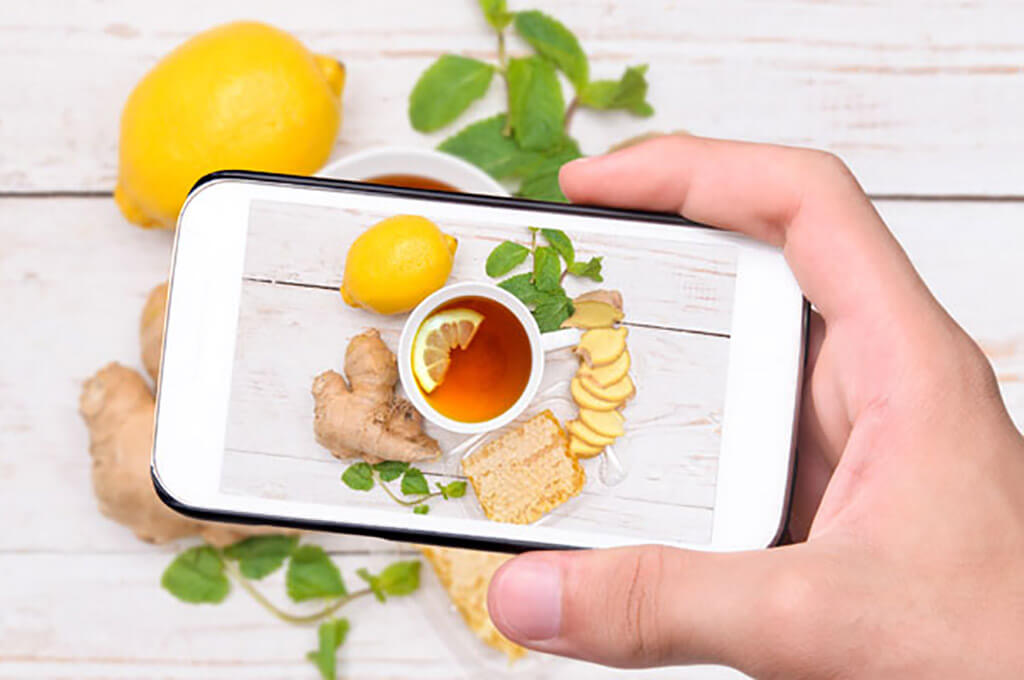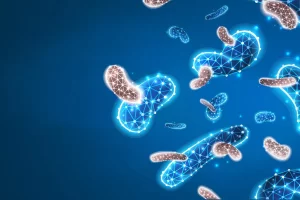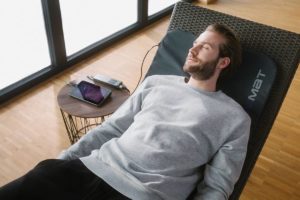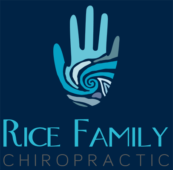You are what you absorb: The bioavailability of nutrients

You are what you absorb: The bioavailability of nutrients
One of the things we often take for granted when consuming food is that the part of the food that our body needs most is actually being absorbed. This process relates to the bioavailability of nutrients in our diet and—when you think about it—is a pretty important part of the process of eating. The most important, really.
Think about it this way: Imagine eating foods high in vitamin C, oranges, kiwis, kale and red peppers, but getting none of the contained vitamin C. Regardless how great these familiar foods might taste, over a few weeks we would start to show signs of vitamin C deficiency, including anemia, bleeding gums, reduced ability to fight infection and a tendency to bruise easily. Just to name a few. Not pretty.
Most of us spend a considerable amount of effort buying and preparing foods that will help make us healthy. We know that preparing whole foods is far better for us that purchasing prepared and processed meals. Why? Because the processed foods in grocery stores such canned pasta, processed burgers and frozen prepared meals typically have been stripped of some, if not many, of their original vitamins, minerals and micronutrients. Even typical store-bought honey, as natural as it sounds, is stripped of important micronutrients when heated and clarified. Where raw honey contains vitamins and nutrients, and can be quite high in antioxidants (the darker the better), processed honey such as the kind many parents buy in plastic bears for their children, is stripped of its healthful ingredients. It’s no better than white sugar.
The fact is, even when we prepare and cook our own whole, healthy meals at home, it’s still difficult to how many of the important nutrients we are really getting out of it. And that’s a big part of why many people take vitamins and supplements—uncertainty about what we’re eating and about the efficacy of our body’s ability to capture what it needs from what we eat. And even with supplements, there’s really no guarantee that we’re getting all the nutrients we think we are.
Understanding how absorption and the bioavailability of nutrients work can help ensure you are getting the nutrients you need. Bioavailability, simply put, is the amount of a nutrient that gets into the bloodstream. This process can be affected by many things such as the original nutrient content, the amount the food was processed, efficiency of digestion, absorption, how the body’s circulation distributes the nutrient and whether it is able to pass through cellular walls.
To become bioavailable, nutrients must first be released from food. This happens in a number of ways, some very simple and some quite complex. Cooking, chewing and digesting, for example, are all parts of this process of breaking our food down and making nutrients available. Chewing your food well is one of the first steps in making the nutrients in many foods bioavailable.
Lycopene, a phenol in tomatoes, is an excellent example of the necessity of cooking some foods. Lycopene, while a non-essential nutrient, is thought to be useful in fighting heart disease and other illness. Due to its tough cell walls, the tomato does not easily give up lycopene for use in the body. As such, cooking is required to facilitate its bioabsorption in tomatoes, as with some other foods.
Bioavailability can also be affected by the combination of nutrients being consumed at the same time. For example, since carotenoids are fat-soluble, adding 3 to 5 grams of oil or fat to a meal will improve bioavailability.
Likewise, meat, poultry and fish, while rich in highly bioavailable iron themselves, are also known to improve the absorption of iron from all other foods.
Vitamin C is also known as an enhancer in that it increases iron absorption by two or three times. As such, a glass of orange juice makes an excellent companion to a bowl of cereal in that it helps the body absorb more of the iron contained in the cereal.
Conversely, some types of nutrients can hinder the absorption of certain other nutrients. For example, calcium and iron interfere with one an other’s absorption. As such, people who try to increase either their intake of calcium or iron (or both), should seek to eat them separately.
For most people who are in good health with a healthy digestive system and a balanced diet there is little need for concern over getting adequate nutrients from the foods we eat. Bioavailability becomes a concern when those conditions are not met, for example when we age or in the case of some illness, or when we ask our body to perform beyond normal expectations. For example, some elite athletes will require addition vitamins and nutrients in the form of supplements because, simply put, we are using more than are available to us. In any of these cases, it may be necessary to speak to your naturopathic doctor or other health advisor to determine how to best address your body’s needs.
We at Rice Family Chiropractic take a holistic approach to spinal health care and in fact to health as a whole. As such, we look beyond traditional medicines alone to the physical, mental and spiritual being. As always, we hope you’ll call or visit us if you have any questions about this or other aspects of your spinal health.

















